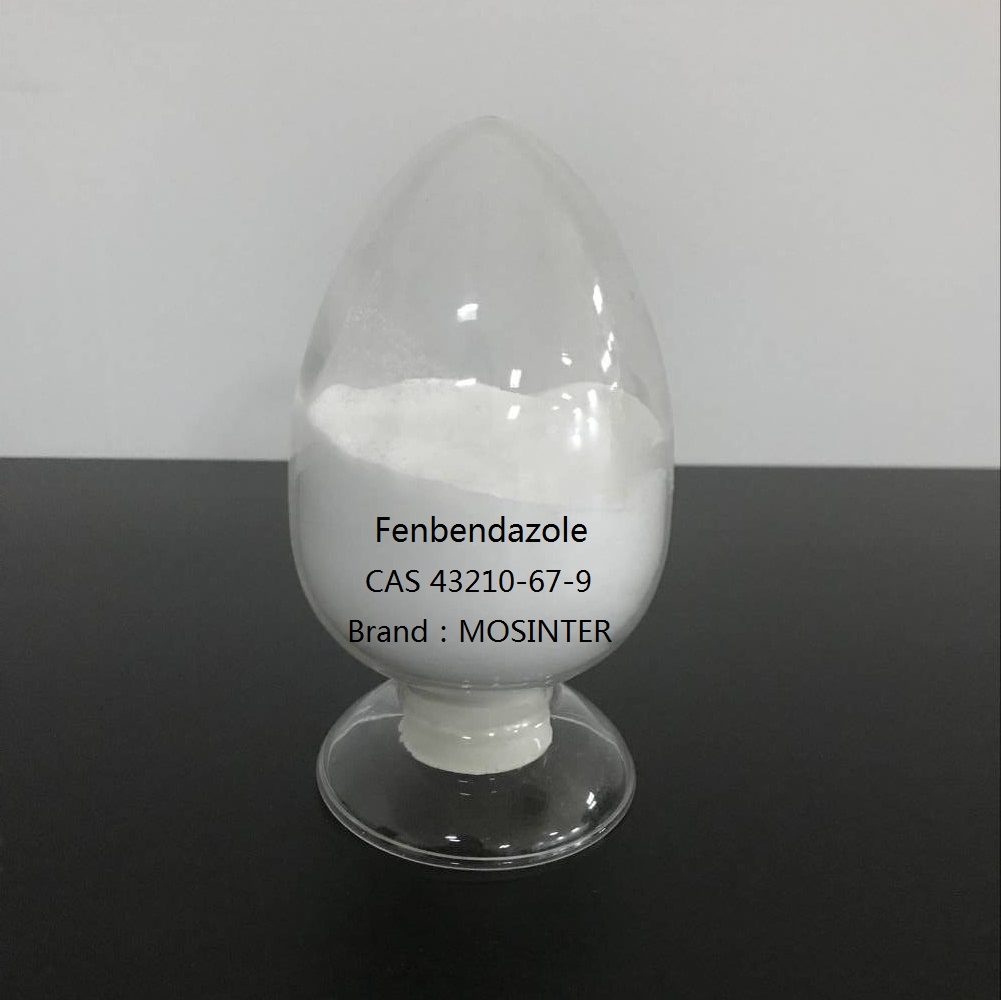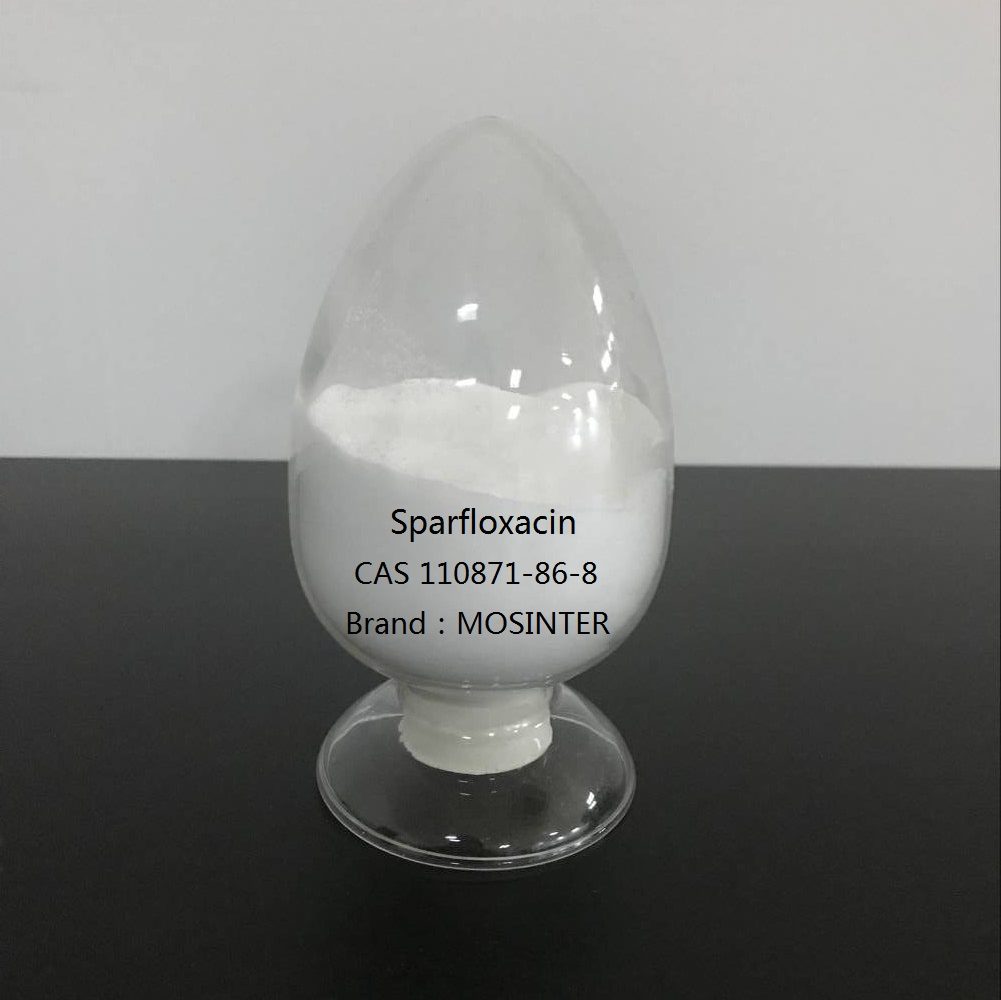- Have any questions?
- +86-189 8930 5995
- sales@mosinterchem.com.cn
Amprolium hydrochloride CAS 137-88-2

Anastrozole CAS 120511-73-1
07/12/2018
carbenicillin CAS 4697-36-3
10/12/2018| Model: | MOS137-88-2 |
| CAS: | 137-88-2 |
| Molecular formula: | C14H20Cl2N4 |
| Safety Description: | S22:; S24/25:; |
| Molecular weight: | 315.2456 |
| Appearance: | White powder |
| EINECS: | 205-307-5 |
Amprolium hydrochloride (CAS 137-88-2)
| Synonyms | 1-(4-amino-2-propylpyrimidin-5-ylmethyl)-2-methylpyridinium chloride hydrochloride; Amprolium HCl; 1-([4-Amino-2-propyl-5-pyrimidinyl]methyl)-2-methylpyridinium chloride |
| Molecular Formula | C14H20Cl2N4 |
| Molecular Weight | 315.2456 |
| InChI | InChI=1/C14H19N4.ClH/c1-3-6-13-16-9-12(14(15)17-13)10-18-8-5-4-7-11(18)2;/h4-5,7-9H,3,6,10H2,1-2H3,(H2,15,16,17);1H/q+1; |
| CAS Registry Number | 137-88-2 |
| EINECS | 205-307-5 |
| product Name | amprolium hydrochloride |
Amprolium (INN, trade names Amprovine, Amprolium, Amprol, Anticoccid) is a coccidiostat used in poultry.
The drug is a thiamine analogue and blocks the thiamine transporter of Eimeria species. By blocking thiamine uptake it prevents carbohydrate synthesis.
Despite only moderate efficacy it is well favoured due to few resistance issues and is commonly used in conjunction with sulfonamides prophylactically in chickens and cattle as a coccidiostat.
Synthesis
Coccidia are protozoans that can wreak havoc in a flock of poultry by an infection known as coccidiosis. Agents that control this disease–coccidiostats–are in view of the world’s heavy dependence on poultry as a source of protein, of great economical significance.
Condensation of ethoxymethylenemalononitrile (1) with acetamidine (2) affords the substituted pyrimidine (4). The rxn may well involve conjugate addition of the amidine nitrogen to the malononitrile followed by loss of ethoxide (3); addition of the remaining amidine nitrogen to one of the nitriles will then lead to the pyrimidine (4). Reduction of the nitrile gives the corresponding aminomethyl compound (5). Exhaustive methylation of the amin followed by displacement of the activated quaternary nitrogen by bromide ion affords the key intermediate (7). Displacement of the halogen by α-picoline gives amprolium.
Amino propyl morpholine hydrochloride acidic white powder, Amprolium competitively inhibit coccidia of thiamine uptake, thus inhibiting the development of coccidia. Mainly used for the prevention and treatment of chicken coccidia, but banned from laying hens, can also be used for mink, cattle, sheep.
Main Characters
[Character]
Acidic white odorless powder. White or almost white powder; odorless or almost odorless. This product is soluble in water, slightly soluble in ethanol, very slightly soluble in ether, insoluble in chloroform.
Issolved
Soluble in water, methanol and ethanol, slightly soluble in ether, insoluble in chloroform.
use
Traditional anticoccidial medicine. Effect, residual less, but is contraindicated in laying hens.
(1) Poultry Amprolium Chicken tender, reactor type Eimeria strongest, but poison, Brinell, giant, gentle Eimeria effect slightly worse. Treatment is usually not fully suppress the concentration and oocyst production. Accordingly home and abroad, more and ethopabate, Sulfaquinoxalinum etc. and use, to enhance the effect.
Amprolium inhibition of body immunity coccidia less obvious.
120mg / L drinking water concentration can effectively prevent and treat turkey coccidiosis.
(2) Cattle, sheep Amprolium for calves Eimeria; lambs Eimeria also have a good preventive effect. Coccidia lambs, according to 55mg / kg daily dose, once every 14 to 19 days. Of calf coccidiosis, when prevention, according to 5mg / kg daily dose, once every 2l days, treatment with 10mg / kg daily dose, once every five days.
Mink and other spore coccidiosis to 120mg / L drinking water concentration, once every 30 days, can effectively prevent the oocyst.
Preparation or sources
Intermediate in the production of vitamin B1 as raw material, by cyclization, hydrolytic ring, then diazotized amino transformed into hydroxy, the condensation reaction.
Pharmacology
Amprolium chemical structure similar to thiamine, is the traditional use of anticoccidial medicine, with better anticoccidial effect, is still widely used in countries around the world.
Amprolium competitively inhibit coccidia of thiamine uptake in cells, thiamine pyrophosphate was synthesized as thiamine, to participate in the process of oxidative decarboxylation of glucose metabolism reactions α- keto acids, keto acids are α- dehydrogenase coenzyme, thiamine deficiency due Amprolium hydroxyethyl group, can not be phosphorylated pyrophosphate, many reaction does not proceed, interfere with carbohydrate metabolism during intracellular parasites, which inhibits the development of coccidiosis .
Amprolium chicken coccidia peak effect, is to prevent the formation of the first generation schizont merozoites, moreover, sexual cycle of coccidiosis and the oocyst sporulation also has inhibitory effect kill.
Drug Interactions
Since the structure and thiamine Amprolium similar, can produce competitive antagonism, if Amprolium drug concentration is too high, can lead to thiamine deficiency chicks while the performance of multiple neuritis, thiamine, although by feeding chickens can Rehabilitation , but significantly affect Amprolium anticoccidial activity. Allegedly, per kilogram of feed containing more than 10 milligrams of thiamine, the anticoccidial effect of chlorpromazine morpholino began weakening.
Dosage
Mixed feeding poultry feed per l 000kg 125g
Amprolium hydrochloride soluble powder mixed drink of water per l 000L poultry 60g
[Preparation and specifications] Amprolium hydrochloride soluble powder 30g: 6g
Amino propyl morpholine hydrochloride pre ravioli agent; Amprolium hydrochloride – ethopabate premixes; morpholino chlorpromazine hydrochloride – ethopabate – Sulfaquinoxalinum feed premixes pharmaceutical additives may refer items.
You must be logged in to post a review.








Reviews
There are no reviews yet.